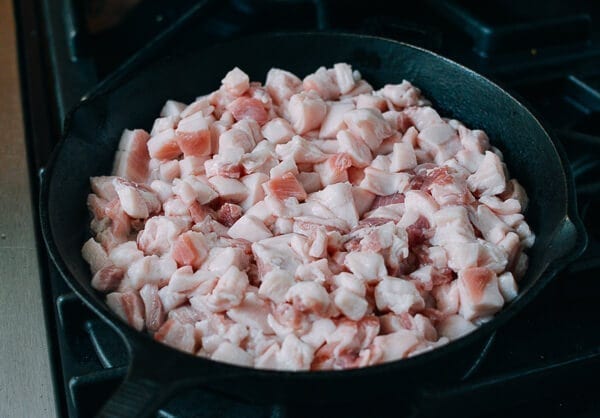Cooking with beef fat and pork fat is somewhat of a lost art these days. As a society, we have replaced natural animal fats with vegetable, corn, and canola oil in an effort to limit exposure to harmful fats, a reputation that may not be as well-deserved as it seems. Beef tallow and pork lard fell out of popularity during the early 1900s but are seeing a renaissance today. We couldnt be happier about it because tallow and lard are wonderful ingredients for frying and baking, and they are one more way we can ensure that we are using as much of the animal as we can.
Lard is made from 100 percent animal fat (usually pork) that has been separated from the meat. Most lard is made through a process called rendering, whereby the fatty parts of the pig (such as the belly, butt, and shoulder) are cooked slowly until the fat is melted. This fat is then separated from the meat.

How Crisco Became the Enemy of Beef Fat
Proctor and Gamble introduced Crisco in 1911 as a cheaper alternative to animal fat. Later, lard and tallow were believed to be unhealthy due to high levels of saturated fat that was blamed for coronary artery disease. Vegetable oils were believed to be healthier alternatives to both tallow and lard.
Scientific evidence that vegetable oil is better than tallow or that shortening is better than lard does not back up the ironclad claims many nutritionists make. The truth is that moderation is key no matter which one you use.
Saturated fats were believed to be a cause of heart disease for decades, but recent research shows that there is less of a connection between saturated fats and heart disease than previously thought. In fact, some saturated fats have been shown to reduce bad cholesterol and provide good cholesterol.
Official nutrition from the United States Department of Agriculture shows that 100 grams of vegetable oil contain 884 calories and 14 grams of saturated fat, less than animal oils. In comparison, the same amount of lard accounts for 898 calories and 32 grams of saturated fat. Tallow is higher in both calories and saturated fat at 902 calories and 50 grams of fat.
Both lard and tallow contain unsaturated fats and amino acids like DHA and Omega 3 fatty acids, which are essential for brain health. Lard is particularly high in monounsaturated fats, which are considered to be healthy dietary fats. Monounsaturated fat is liquid at room temperature and is found in all red meat. These healthy fats are either in lower amounts or completely lacking in vegetable-derived oils.
Cooking with Beef Fat
Until the 1990s, McDonalds deep-fried the chains signature french fries in beef tallow. The beef tallow gave the fries a savory and beefy flavor, perfect for devouring with a hamburger. We wish those fries were still around, but you can make your own at home with rendered beef fat.
The advantages of tallow over vegetable oil are the high smoke point of around 420 degrees and the unique composition of the fat that gives the fries a golden hue. The high smoke point also makes tallow an ideal oil for reverse searing a steak.
Lard vs Vegetable Oil: Which is Healthier?
FAQ
What is beef lard called?
Can lard be made of beef?
Is lard a pig or beef?
Is Crisco a lard?
What is beef lard made of?
Beef lard is made from rendered beef fat. It has a sweet, nutty flavour and a high smoke point of 400 degrees Fahrenheit. It’s great for frying, baking, and other high-heat cooking methods. Pork lard is made from rendered pork fat. It has a savory, porky flavour and a lower smoke point of 370 degrees Fahrenheit.
Is beef lard a solid fat?
Beef lard is a solid fat that is white in color. It has a higher smoke point than pork lard, meaning that it can be heated to a higher temperature before it starts to smoke. This makes it a good choice for cooking methods that require a higher temperature, such as stir-frying. Pork lard is a liquid fat that is pale yellow in color.
What is the difference between lard and rendered beef?
Rendering, which involves liquifying the raw beef fat, requires patience and care. By gently heating the fat, impurities are strained out, leaving behind a clear, golden liquid. This liquid, also known as pure fat, cools down to create a stable cooking fat, ready to serve in your kitchen. Conversely, lard is obtained from rendered pork fat.
How is lard made?
Lard is made from 100 percent animal fat (usually pork) that has been separated from the meat. Most lard is made through a process called rendering, whereby the fatty parts of the pig (such as the belly, butt, and shoulder) are cooked slowly until the fat is melted. This fat is then separated from the meat.
